For Neal Heard it is more than a hobby, he loves them, he is obsessed with them.
For the past 25 years he has traveled the world looking for the most iconic soccer jerseys in history. He finds them and exchanges them with their owners, as if it were the end of the game.
The growing boom of retro football club Camisetas De Futbol Baratas that is imposed in Latin America
For him, the garment has a special meaning, which is associated with the game, but which transcends football on the pitch.
It is the design, its colors, the print, the style and its place in history, that moment in which the shirt is immortalized in an image.
Why is Italy wearing blue? And Germany in white?
Heard has one of the most representative collections of Camsietas de futbol and at the BBC we asked him to choose his favorites.
It was a difficult task, but within his selection these five stood out and he told us why. (Below we add some of the favorites in the BBC Mundo team).
GERMANY 1990
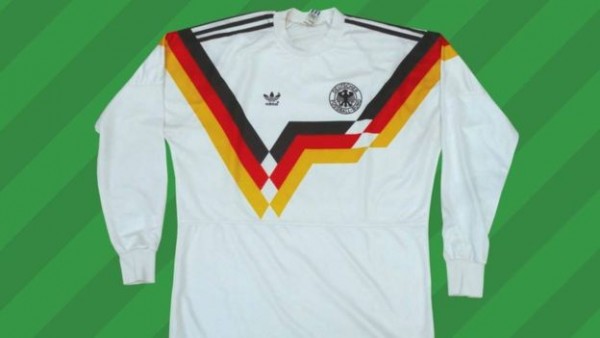
“It’s always in the top 10 for most people.
“This particular shirt represents the era of alternative and graphic design.
What sets it apart from another contemporary shirt, that of the Netherlands at the 1988 European Championship, is the strength of its colors and the shape of the print.”
BOCA JUNIORS (1983-84)
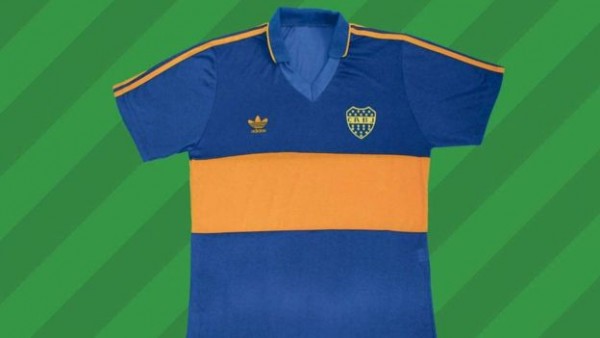
“Not only is it one of the most iconic of all time – unique and immediately recognized – but it is associated with Boca Juniors and the time of Diego Armando Maradona.
“The precious blue and gold colors were completed with the classic clover and the stars of the club’s emblem. It became a classic right away.”
CORINTHIANS (1982-83)
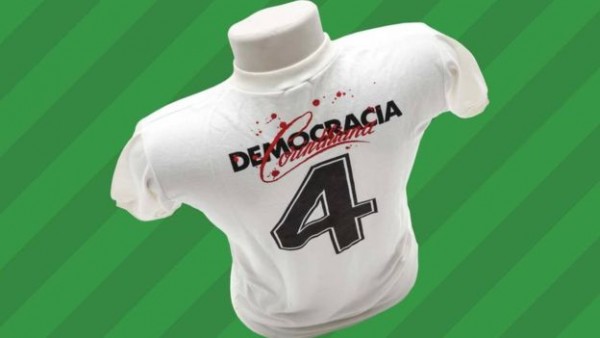
“It is not very common for politics and soccer to mix on the shirts, but that was what happened when the Corinthians player, Socrates, formed a political force with his teammates.
“Brazil was being governed by a military regime and Socrates, captain of the Brazilian team at the time, took advantage of the desire for democracy in the population.
“He established ‘Democracia Cotinthiana’, which was more than just a slogan on the shirt.
“It showed the way in which the club was run and associated with the movements that demanded democracy in the country.”
NETHERLANDS (1976)
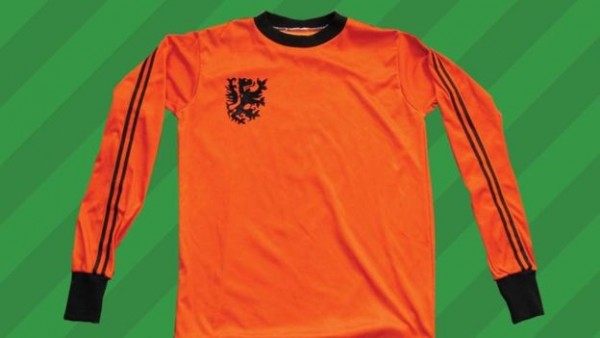
“This is something that could never happen now. A player capable of having the strength of conviction to resist and challenge a commercial brand.
“It was the case of Johan Cruyff, the star of the Netherlands, who because he had a contract with Puma refused to wear the official team Camisetas De Futbol Baratas designed by Adidas.
“The commitment with the federation allowed him to tear off one of the three lines from the sleeves and play with two.
“There was no cooler player than Cruyff.”
USSR (1970)
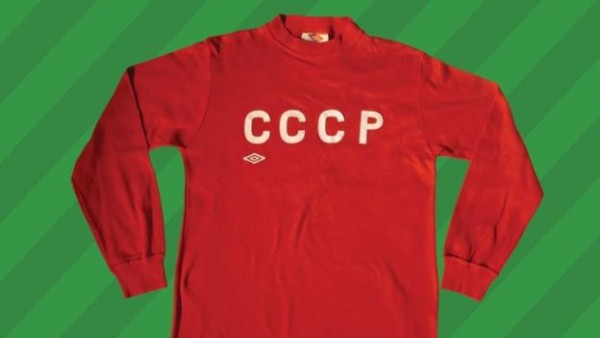
“The archetype of simplification.
“The powerful one-color block and the use of a small logo.
“And the simple and iconic CCCP (an acronym formed by the Russian initials of the Union of Soviet Socialist Republics) left a deep mark on T-shirt design.”
And on BBC Mundo…
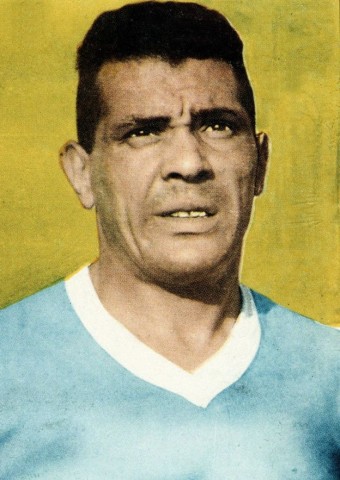
What Alejandra Martins highlighted was the simplicity of the design and the absence of trademarks in the clothing that dressed Obdulio Varela and the Uruguayan team in 1950.
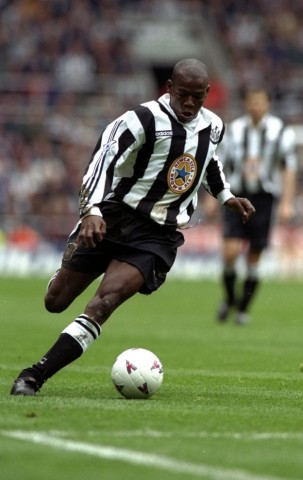
The emotional charge is reflected in different ways. For some, like Martín Riepl, it is that of the club that carries in its blood, the Peruvian University student at the time of Lolo Fernández, but for others, such as Daniel Pardo, it was the one that left a mark on their memory, such as number 11 of the English Newcastle who dressed the Colombian Faustino Asprilla (photo).
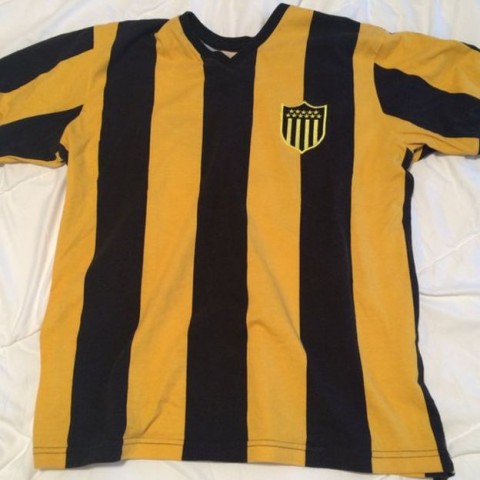
“Without a doubt Peñarol’s from 1961. In addition to the shirt being beautiful, it was the first South American team to world champion, after defeating Benfica,” said Gerardo Lissardy, for whom this replica is like the original on https://www.camisetafutboles.com/
Media Contact
Company Name: Camisetafutboles.com
Contact Person: Media Relations
Email: Send Email
Phone: 1333333333
Address:Islas Cies 55
City: Madrid
Country: Spain
Website: https://www.camisetafutboles.com/
